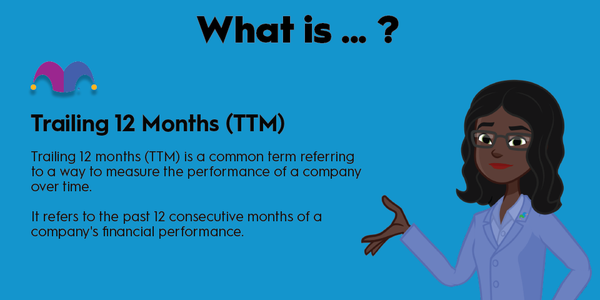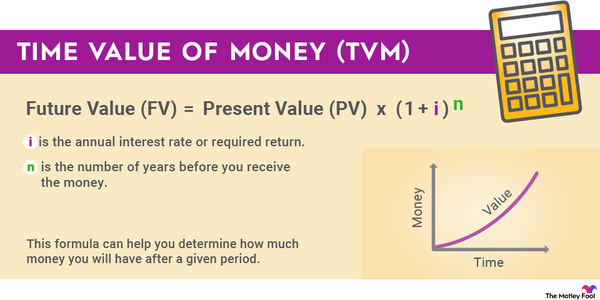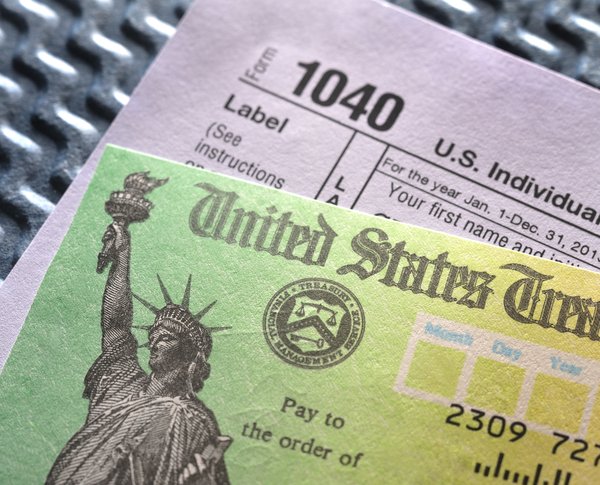Terminal value is an estimate of the value of a business that extends past the typical forecast period. It’s one of two components of a discounted cash flow (DCF) model and is determined by one of two methods. Here, we’ll discuss the definition of terminal value, how to calculate it, and how terminal value is used, and we will provide a brief example.

What is terminal value?
What is terminal value?
Terminal value is the estimate of the value of a business beyond the short- to medium-term forecast period. It’s used as part of a discounted cash flow model, which attempts to estimate the value of an enterprise over a period of years.
Typically, there are two steps to a DCF. The first step is to calculate the sum of an organization’s future free cash flow and discount it to present value (since $1 of profit today is generally more valuable than $1 of profit earned at a later date). The second step is to calculate the terminal value, which usually accounts for about 75% of the total valuation in the DCF model.
Terminal value is used because it’s not realistic to believe that you’ll know how a company will perform too far in the future. For example, who could have seen a recession caused by the Sept. 11 terror attacks in early 2001 or a global COVID-19 pandemic coming before 2020? Terminal value recognizes the problems with traditional forecasts and attempts to identify future value based on trends rather than discrete variables.
Types of terminal value calculations
Types of terminal value calculations
There are two types of terminal value models:
Perpetuity growth: This model, preferred by academics, assumes that free cash flow will be generated at a regular state forever. The formula is:
TV = (FCFn * (1 + g)) / (WACC – g)
where:
TV = terminal value
FCFn = free cash flow for the final year
g = perpetual growth rate
WACC = weighted average cost of capital
(The weighted average cost of capital is calculated by multiplying the cost of equity by the equity percentage of capital, then adding the number to the cost of debt multiplied by the debt percentage of capital.)
Exit multiple: The exit multiple model assumes the business will be sold for a multiple of some common figure, such as earnings before interest, taxes, depreciation, and amortization (EBITDA). It’s more common in business since it’s based on observable market conditions. The formula is:
TV = financial metric * trading multiple
Terminal value calculations
Terminal value calculations
Terminal value is an important part of corporate finance. It’s commonly calculated by investment firms that specialize in mergers and acquisitions (M&A). It’s also used to determine the value of organizations or assets with questionable long-term prospects, such as fossil fuel interests.
The model isn’t as important for investors whose money is in index funds or mutual funds, but it can be helpful to people whose investment choices are the result of fundamental analysis.
Let’s compare a pair of terminal value calculations, starting with the perpetuity growth model. Let’s say the cash flow at the end of the forecast period is $100 million, and the perpetuity growth rate is estimated at 5%. The weighted average cost of capital, or the discount rate, is 10%.
In this case, the terminal value would be
TV = ($100,000,000 * (1 + .05) / (0.10 – 0.05)
= $105,000,000 / 0.5
= $210,000,000
The exit multiple might be calculated for a similar company with an EBITDA of $75 million and -- let’s say that this is an early-stage company that will be assigned a lower figure than a well-established company -- a trading multiple of 2.5. So the terminal value would be:
TV = $75,000,000 * 2.5
= $187,500,000
It’s important to know that the perpetuity growth and exit multiple models aren’t likely to agree; usually, the perpetuity growth model will yield a larger number than the exit multiple model.
Related investing topics
Using terminal value methods
Using terminal value methods
Although the perpetuity growth method is preferred by academics and the exit multiple is favored by financial professionals, it’s not always obvious when to use one of the two methods. As general rules of thumb, however, the perpetuity growth method is best for:
- Companies with stable cash flows
- Companies with limited competition
- Companies in stable industries
So think of the perpetuity method as a good fit for Coca-Cola (KO 0.0%) or Johnson & Johnson (JNJ -0.46%).
The exit multiple calculation is better suited for:
- Companies that are growing rapidly
- Companies in competitive industries
The exit multiple method might be a better fit for companies like Netflix (NFLX -0.63%) or Nvidia (NVDA 6.18%).
As an individual buy-and-hold investor, it’s not likely that you’ll feel the need to break out a DCF calculator and figure out the terminal value of an investment. Still, a little knowledge can go a long way, and smart investors will use every tool at their disposal to figure out if a company’s long-term prospects are a good fit for their financial goals.


































